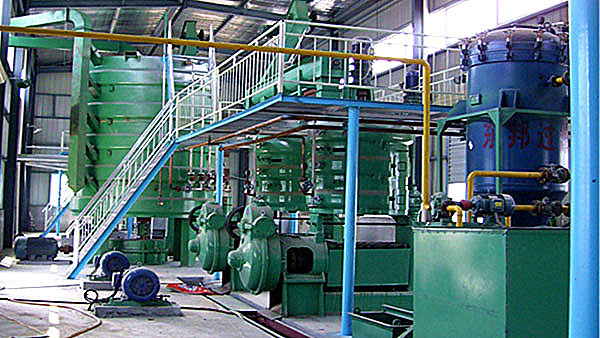
In today’s global push toward sustainability, small-scale soybean oil processing facilities are emerging as powerful catalysts—not just for food security, but for community resilience and environmental stewardship. With over 72% of agri-processors globally now prioritizing green technologies (FAO, 2023), these compact plants offer a scalable model where profitability meets planetary responsibility.
A typical modern small soybean oil plant follows a streamlined sequence: cleaning → crushing & dehulling → conditioning → mechanical pressing → solvent extraction → filtration → refining. Each step is designed not only to maximize yield but also to reduce waste and emissions—key factors in today’s ESG-driven markets.
| Equipment | Role in Process | Environmental Benefit |
|---|---|---|
| Soybean Cleaner | Removes dust, stones, and impurities | Reduces downstream contamination by up to 40% |
| Mechanical Press | Extracts 60–70% of oil without chemicals | Lowers energy use by 30% vs. traditional methods |
| Solvent Extraction Unit | Recovers remaining oil from cake | Improves total oil recovery to 95%+ with closed-loop systems |
This efficiency isn’t just good for the planet—it’s a direct advantage for local businesses. In Kenya, for example, a single 5-ton-per-day facility created 12 new jobs and boosted regional income by an average of $2,800/month per worker (World Bank, 2022).
International buyers—from EU retailers to Middle Eastern distributors—are increasingly seeking partners who can demonstrate compliance with ISO 22000 and HACCP standards while minimizing carbon footprints. Small oil plants equipped with automated control systems can achieve this balance more effectively than large centralized units, especially in rural or developing regions.
Moreover, consumers worldwide are demanding transparency. When a factory uses clean water recycling, recovers meal for animal feed, and avoids chemical residues in final products, it builds trust—and loyalty—at every level of the supply chain.

For investors, governments, and entrepreneurs alike, the message is clear: investing in smart, small-scale soybean oil production isn’t just about making oil—it’s about building sustainable value across entire communities.
Ready to explore how your business can lead the green shift? Let’s turn your vision into action—with solutions that work for people, planet, and profit.
Start Your Green Oil Journey Today

